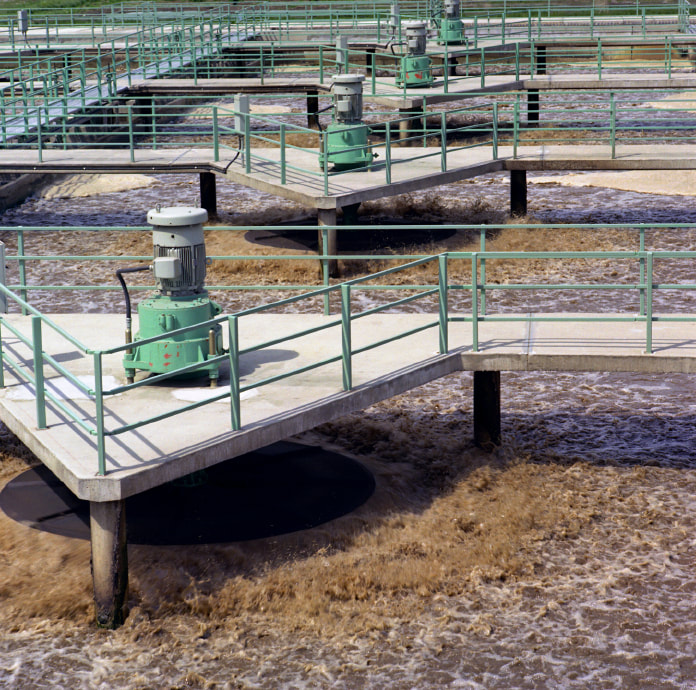The most pH sensitive process tends to be ammonia removal or nitrification. Ammonia Oxidizing Bacteria (AOB) do best at a pH of 7.2 - 8.2 where the free ammonia (NH3-N) is present but is still soluble in water.
Now for pH adjustment - most systems use strong chemistry:
- To lower pH acids such as sulfuric acid (H2SO4) can be used. A newer technology is to use carbon dioxide to adjust pH without the chance to over shoot your target. The correct choice all stems from how much adjustment is required.
- Raising pH is usually done using sodium hydroxide (caustic soda) (NaOH). As with sulfuric acid, sodium hydroxide immediately raises pH. It does not buffer the solution & buffering is a key concept that we need to consider in biological systems.
- Lime (calcium carbonate) - the oldest method but is highly insoluble and somewhat messy
- Magnesium hydroxide - effective but also has solubility issues
- Sodium carbonate - much more soluble, but can be "too strong" a base
- Sodium bicarbonate - soluble, tends to max out pH at 8.3 - so low overdosing potential.
So remember that you have choices in adjusting pH and buffering the system. Alkalinity or buffering capacity is a key consideration in wastewater treatment especially if you require ammonia oxidation. AOB/NOB activity consumes approximately 7.1 mg alkalinity as CaCO3 per mg ammonia fully oxidized. Other processes in the nitrogen cycle can release alkalinity back into the water.


 RSS Feed
RSS Feed